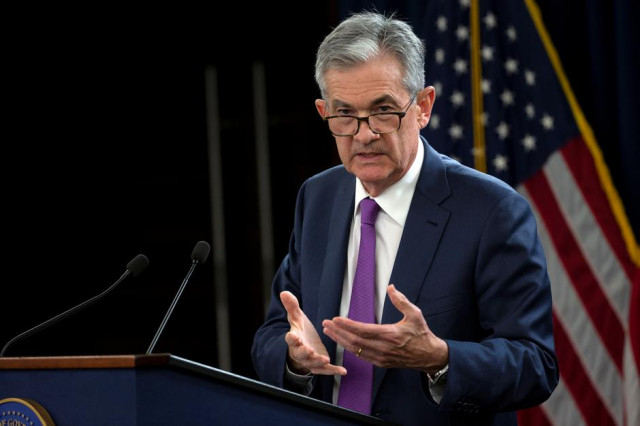Fed ‘insurance’ rate cut not likely soon
Vice chairman says central bank remains at or close to its mandated goal of maximum employment

Vice chairman says central bank remains at or close to its mandated goal of maximum employment. PHOTO: REUTERS
But in a series of statements and speeches since last fall, Powell, Fed Vice Chairman Richard Clarida and others have been consistent that the idea of preemptive “insurance” rate moves in either direction appear off the table for now, absent some unexpected event that raises new risks or shocks the economy into a higher or lower gear.
Just as they no longer feel the need to get “ahead of the curve,” and raise rates in plenty of time to prevent inflation from rising too fast in the future, neither do they feel the current US economy, with a 3.6% unemployment rate and growth above its long-term trend, needs an extra push and lower borrowing costs from the US central bank.
Even after recent data showed core inflation, which excludes the impact of food and energy, at just 1.6%, well below the Fed’s 2% target, Clarida said on Friday the central bank remains “at or close to” its mandated goals of maximum employment and stable prices.
More important, he regarded expectations about future inflation as “stable,” a sign he thinks inflation is less likely to slip further.
“With the economy operating at or close to the Fed’s dual-mandate objectives ... we can, I believe, afford to be data-dependent” and watch the flow of information for signs of change or developing risks, Clarida said in a speech at the Hoover Institution at Stanford University.
US Fed leaves interest rate unchanged
Clarida’s remarks are one side of a sharp debate within the Fed about how to respond to an economy that is, on many levels, doing well, but also not behaving as expected. In particular, the current rate of unemployment, at a 50-year low, would be expected to lead to higher inflation as businesses bid up the price of labour, and workers bid up the price of goods. It is an issue deeper than can be settled with a single rate cut. Indeed, the Fed’s view is that inflation is shaped largely by public and market psychology - with tight labour markets and resource constraints, and an array of those “transitory” factors cited by Powell pushing it narrowly around that underlying level.
Rising productivity and other forces may be holding inflation back in a systematic way, allowing for even more growth without price pressures. That’s the argument White House officials have used to justify their demand for Fed rate cuts, and the idea has some traction at the central bank as well.
But with the economy on an even keel and rates still relatively low, top officials like Clarida and Powell feel it better to wait for more compelling evidence - if only as a way to manage the risks of getting it wrong.
Published in The Express Tribune, May 5th, 2019.
Like Business on Facebook, follow @TribuneBiz on Twitter to stay informed and join in the conversation.



















COMMENTS
Comments are moderated and generally will be posted if they are on-topic and not abusive.
For more information, please see our Comments FAQ